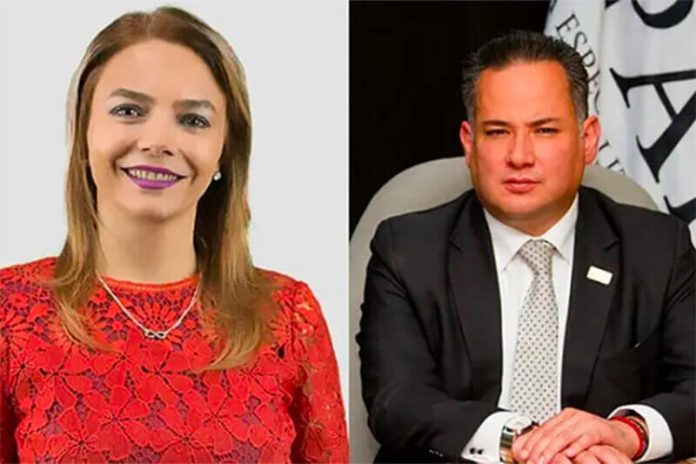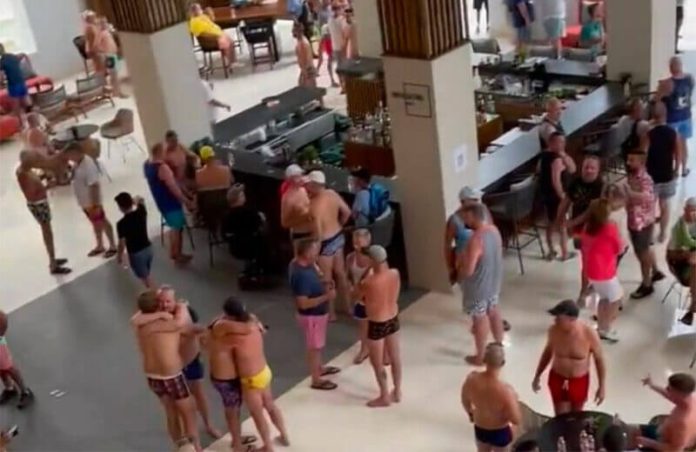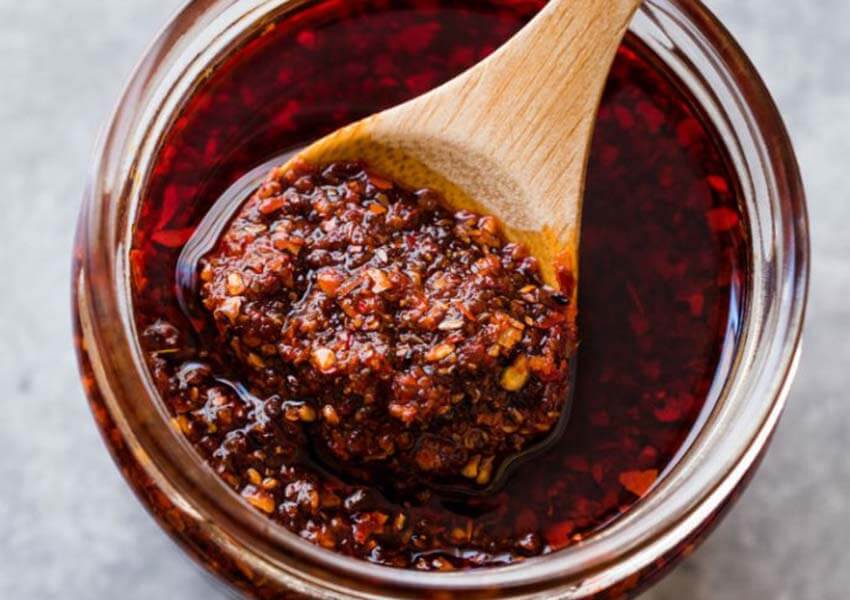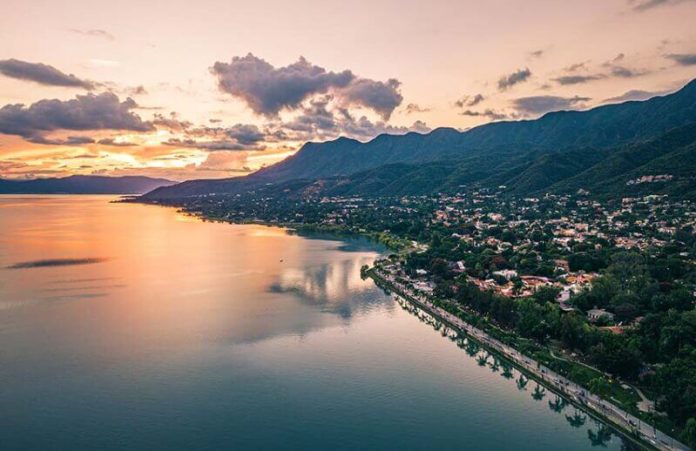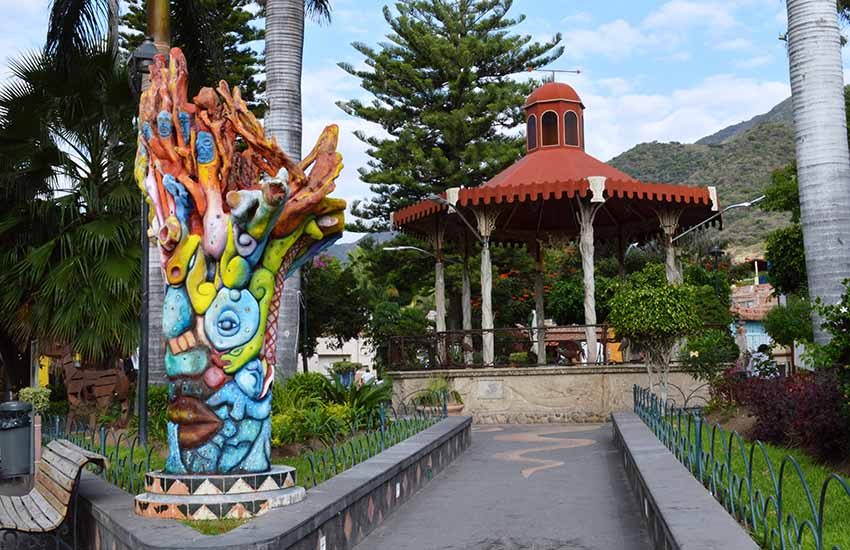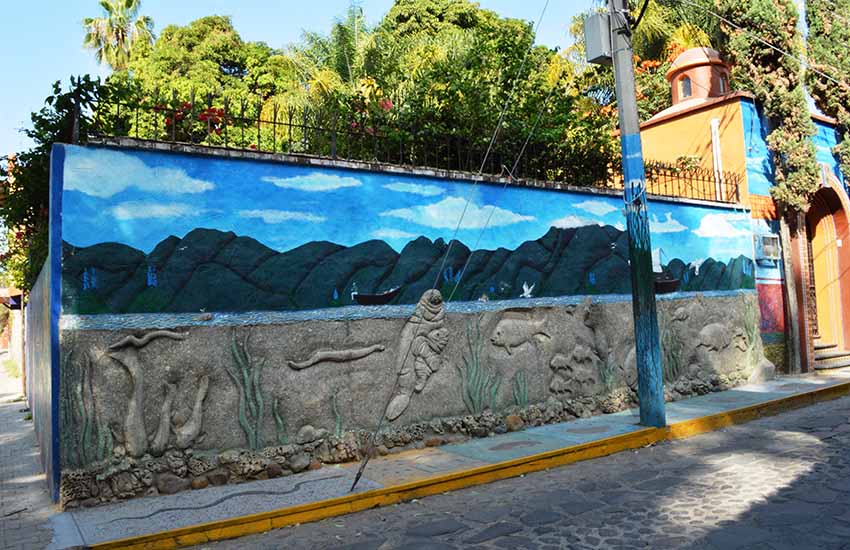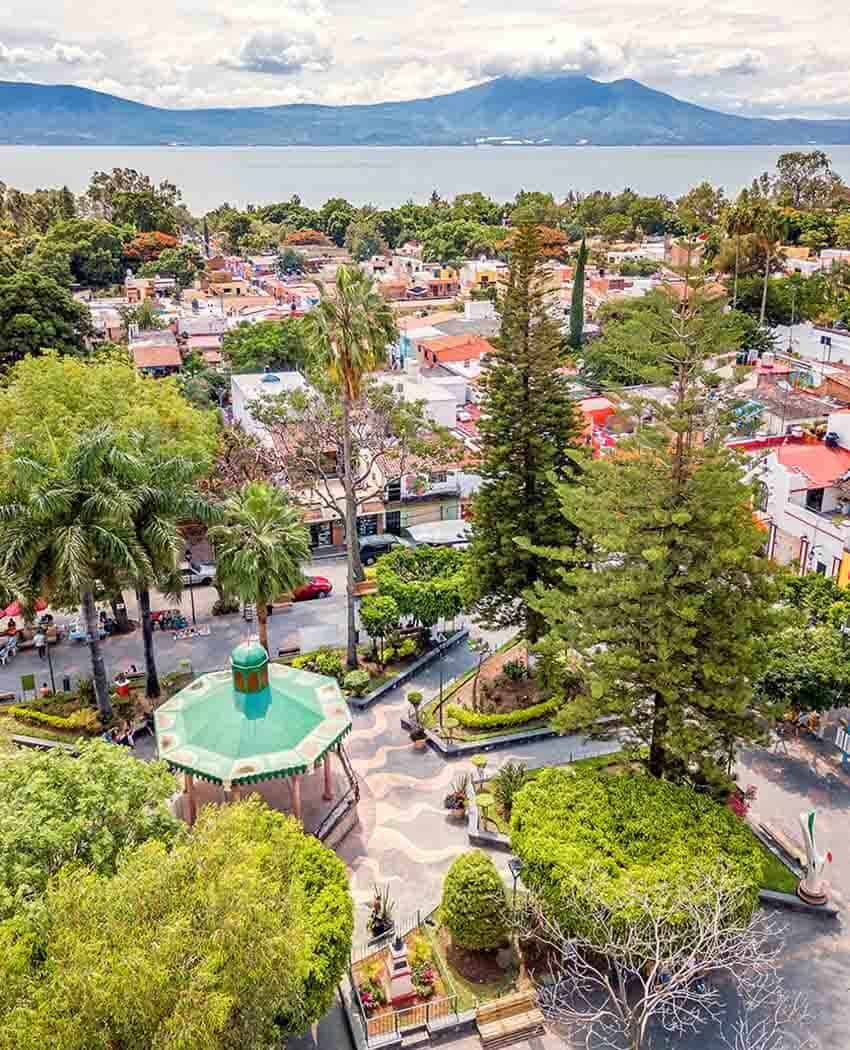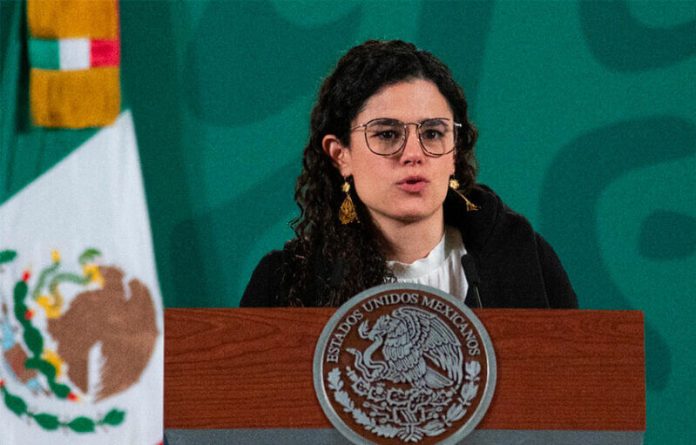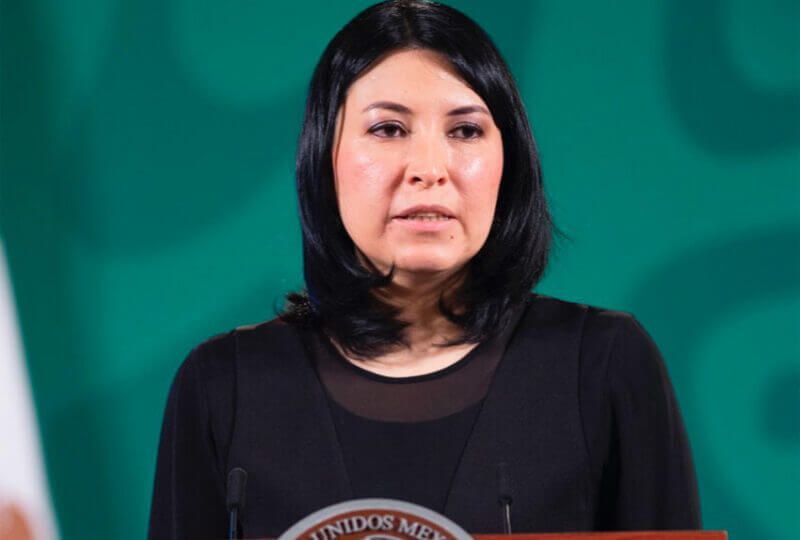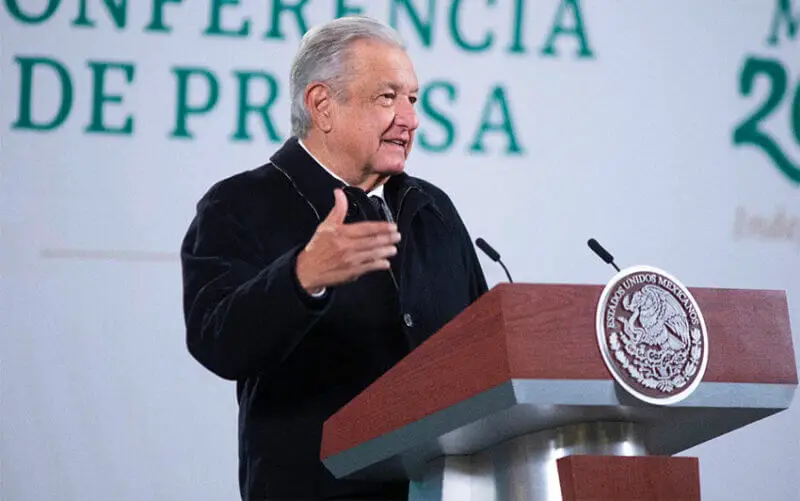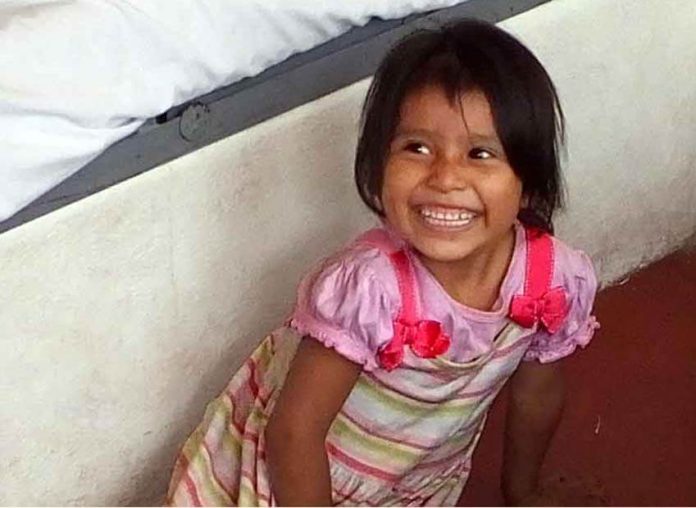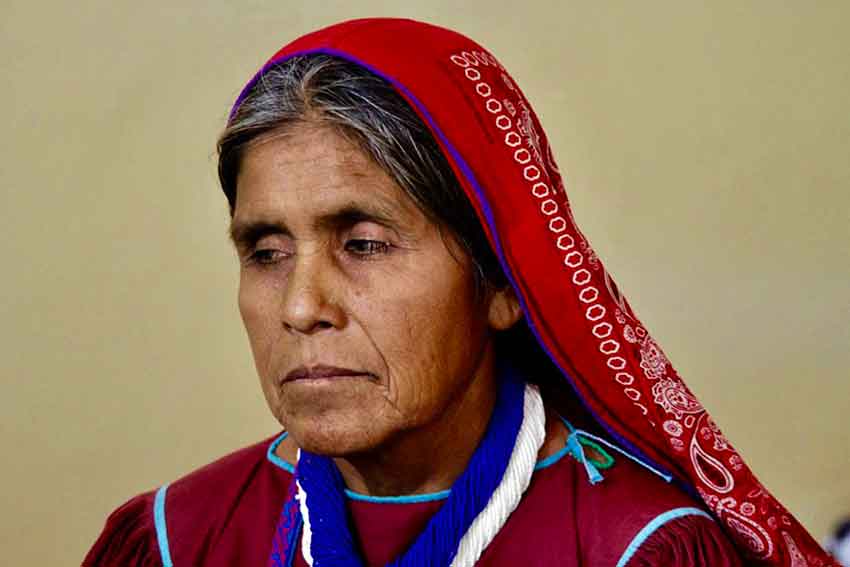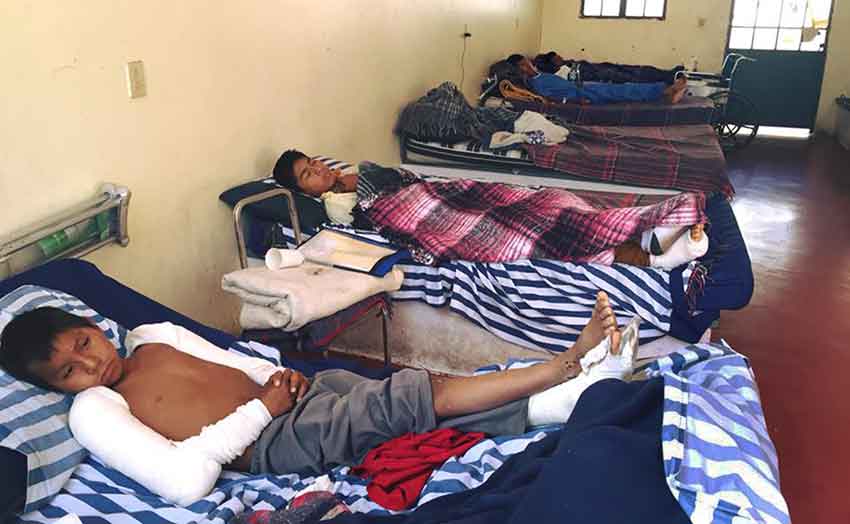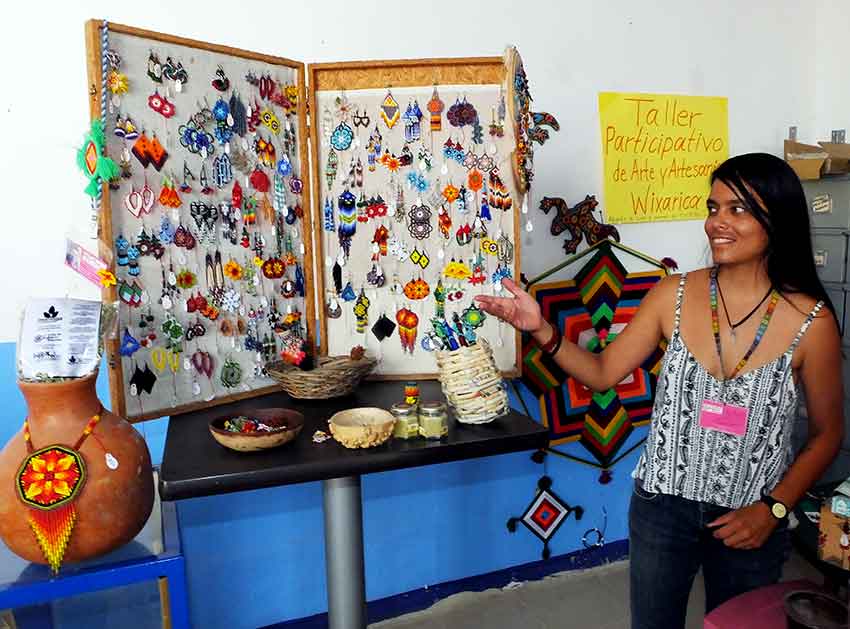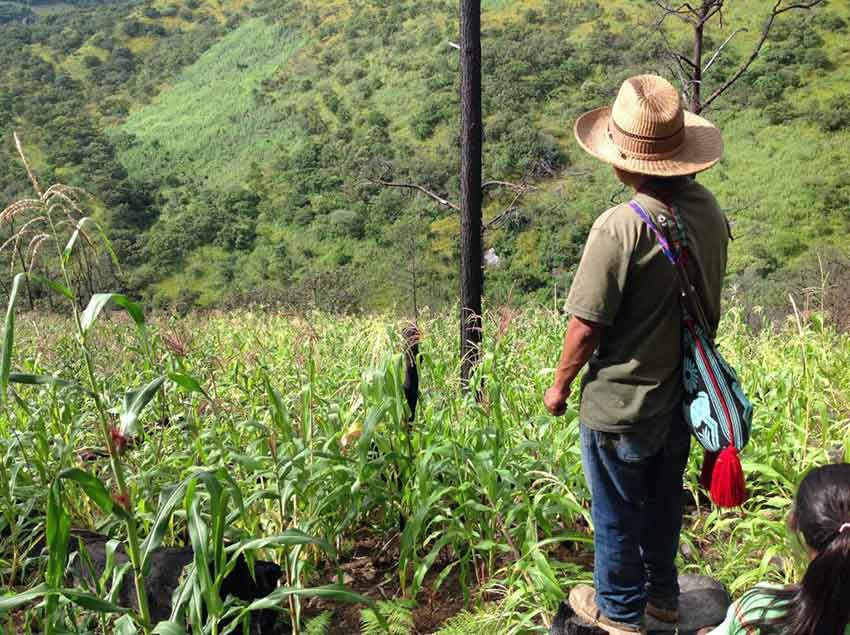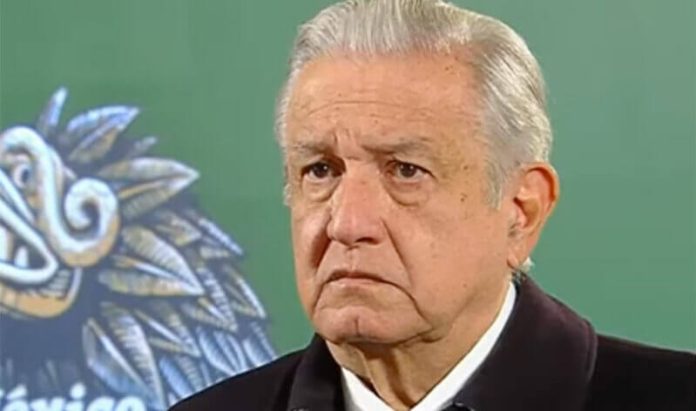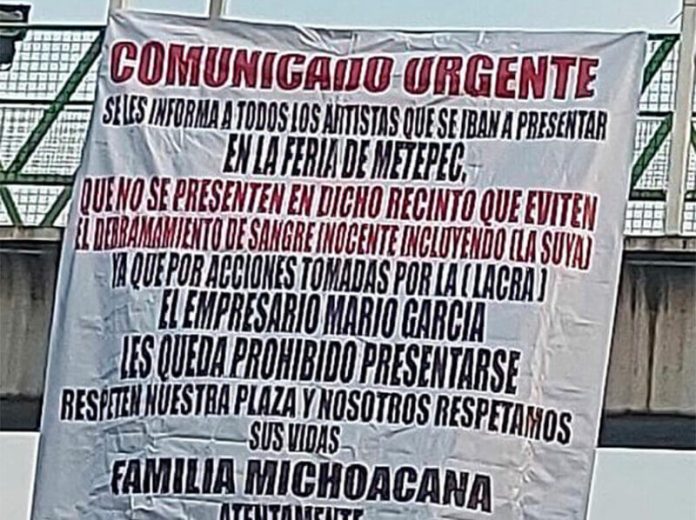One of the federal government’s leading anti-corruption crusaders might have thought he could have avoided the media spotlight by getting married in Guatemala rather than at home.
But he apparently didn’t count on one of his high-profile guests losing US $35,000 because he didn’t declare it upon arrival at the Guatemala City airport and another losing her job because she flew into the country on a private jet.
Santiago Nieto, head of the government’s Financial Intelligence Unit (UIF), wed Carla Humphrey, a National Electoral Institute councilor, in Antigua, Guatemala, on Saturday.
According to a report by the newspaper Reforma, the reception that followed a civil ceremony on Saturday night was an exuberant and lavish affair, with more than 300 guests toasting the newlyweds with Moët & Chandon champagne and chowing down on gourmet dishes before hitting the dance floor to dance – and drink – the night away.
The news website Infobae reported that the bride and groom decided to get married in Guatemala out of fear that a wedding in Mexico could have been targeted by the Jalisco New Generation Cartel. But there were more topical things on guests’ minds as they let their hair down in Guatemala’s premier tourist destination.
A hot topic of conversation at the reception, held at an exclusive five star hotel, was the detention for five hours on Friday of several guests who flew into La Aurora International Airport on a private jet.
Reforma reported that Paola Félix Díaz, the now-former Mexico City tourism minister, Juan Francisco Ealy, general director of the El Universal newspaper, and Alejandro Gou, a theater producer who produced the recent Day of the Dead parade in Mexico City, were among the guests detained after seven envelopes stuffed with US $35,000 in cash that hadn’t been declared were found by police in a suitcase.
The money, which apparently belonged to Ealy, was confiscated in accordance with anti-money laundering laws. Nieto and Humphrey’s wedding guests were eventually released so they could travel the approximately 40 kilometers to Antigua.
According to the newspaper El País, which obtained access to a Guatemalan police document, the owner of the suitcase in which the cash was held was Erika Telich, Ealy’s personal assistant. Telich told police that the money belonged to her boss and that he took it to Guatemala because he planned to use it to pay for medical expenses in Los Angeles, where he intended to travel on Monday after the wedding. Ealy apparently had appointments to consult with medical experts in California – seemingly suspicious specialists with a predilection for hard cold cash transported clandestinely across international borders.
Paola Félix, meanwhile, arguably suffered a bigger loss, tendering her resignation as she evidently felt her position was no longer tenable.
“I’m in Guatemala at a social event to which I was invited. I traveled on a private flight, it’s false that I have been arrested and it’s false that the flight was paid for by a [government] supplier. I haven’t committed any illegal activity but I’ve decided to tender my resignation to [Mexico City Mayor] Claudia Sheinbaum,” she wrote on Twitter on Saturday.

In another Twitter post, she threatened to sue an El Financiero journalist if he didn’t retract his claim that she had been detained.
The Mexico City government subsequently released a statement to announce that it had accepted Félix’s resignation and to emphasize that it considers “the principles of republican austerity” to be fundamental.
At an event on Sunday, Sheinbaum described the former tourism minister as an efficient official but stressed that no members of her government are permitted to travel on private jets. Félix acted like a self-serving official of previous governments at a time when such conduct is no longer tolerated, the mayor said.
Wearing dark glasses, the ex-official returned to Mexico City on a commercial flight on Sunday, Reforma reported.
Among the other high-profile guests at the now infamous Guatemala wedding were Supreme Court Justice Yasmín Esquivel, Campeche Governor Layda Sansores, former Sinaloa governor Quirino Ordaz, former Querétaro governor Francisco Domínguez and former presidential candidate and National Action Party Senator Josefina Vázquez Mota.
Although Nieto is a prominent member of the federal government, no members of President López Obrador’s cabinet were in attendance.
Francisco Gárate, a former National Action Party representative at the National Electoral Institute, raised questions about how the UIF chief and his bride were able to pay for such a sumptuous wedding. He said they are “morally obliged” to disclose where the money for the wedding and travel to Guatemala came from, raising the possibility that government suppliers and/or contractors gave the couple “a little gift” to offset their expenses.
“Both are subject to the Public Servants Responsibilities Law,” Gárate said.
López Obrador on Monday described the events in Guatemala as a “scandalous affair” and advised public officials to act with “moderation and austerity.”
Nieto, who was fired in 2017 from his previous position as special prosecutor for electoral crimes for illegally disclosing details about a corruption investigation involving Brazilian company Odebrecht and former Pemex CEO Emilio Lozoya, has not commented publicly on the weekend’s events, although he did retweet a congratulatory message from a journalist.
Humphrey has also kept mum – the couple presumably has a honeymoon to enjoy, and Nieto might want to cool his heels for a few days, and clear his head, before defending himself against allegations he is more adept at making.
With reports from Reforma, El Universal, El País and Infobae
